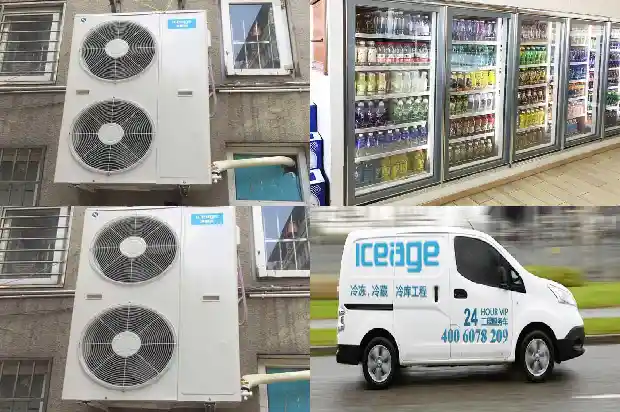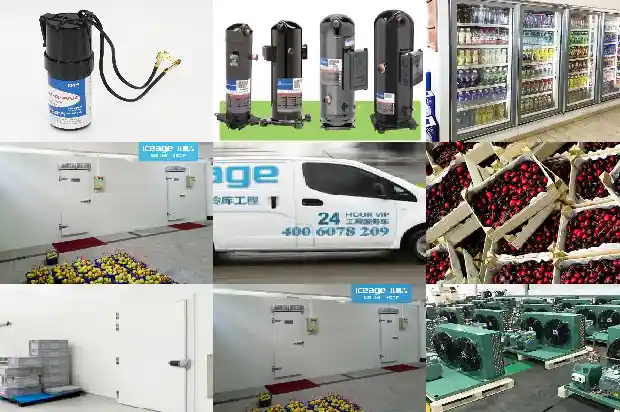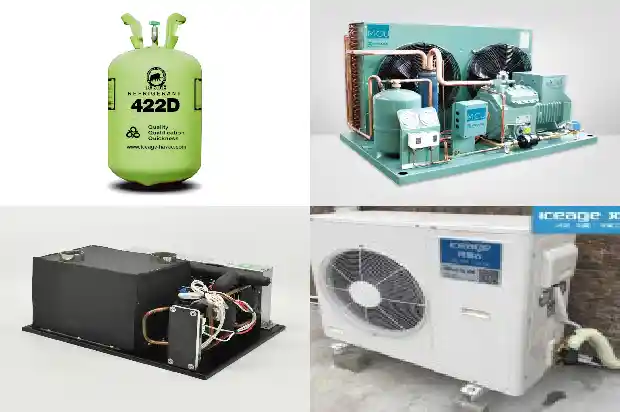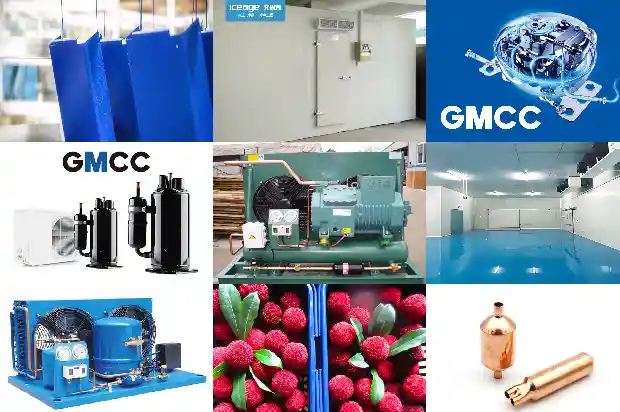Precautions for the Hot Gas Bypass Valve of Refrigeration Units in Cold Storage
2024-11-21
There are mainly several issues regarding hot gas bypass:
- When is hot gas bypass used?
- Hot gas bypass must be equipped with liquid injection cooling. However, having liquid injection cooling doesn't necessarily mean there is hot gas bypass.
- Under high-temperature working conditions, in order to reduce the heating power while meeting the constant temperature requirements, hot gas bypass can be adopted to offset part of the cooling capacity of the compressor.
- Liquid injection cooling is used when the evaporating pressure is very low to prevent the discharge temperature of the compressor from being too high. Hot gas bypass must be combined with liquid injection cooling.
Hot gas bypass is used in small refrigeration units for capacity regulation. The hot gas bypass valve needs to be added. The high-pressure exhaust gas passes through the bypass valve and drops to near the evaporating pressure, and then mixes with the throttled liquid before entering the evaporator for evaporation. In this way, the unit refrigeration capacity is reduced, which can meet the capacity regulation requirements of small compressors. Liquid injection cooling is used to reduce the discharge temperature in systems with relatively low evaporating temperatures. There is no inevitable connection between the two, and they can be used independently.

Hot gas bypass requires the addition of a solenoid valve. However, the hot gas bypass valve cannot be replaced by a capillary tube.



The amount of hot gas bypass = the refrigeration capacity of the compressor - the minimum load of the evaporator.
Related Articles
- Precautions for Using Rotary Refrigeration Compressors
- Precautions for Commissioning of Screw Parallel Units
- Four Combustible and Explosive Refrigerants: Precautions When in Use!
- Accident Handling and Precautions for Circulating Water Pumps
- What Precautions Should Be Taken When Using a Fresh - keeping Cold Storage in Summer?
- Operations and Precautions for Multi - split Air Conditioners: Blowing Debris, Air Tightness, Vacuum Drying, and Refrigerant Charging
- Precautions for the Installation and Use of Water Flow Switches
- Precautions for Inspecting Valves in Refrigeration Systems
- Parallel Installation and Precautions for Scroll Compressors
- Installation and Oil Return Precautions for Refrigeration Equipment Pipelines
- Precautions for Replacing Refrigeration Compressor Refrigerant Oil
- Precautions for Cold Storage Design
- Common Pressure Valves and Protection Devices in Refrigeration Units
- Introduction to Control Valves in Refrigeration Systems
- Selection of Bypass Control Valves for Air - conditioning Water Systems
- Basic Knowledge of Valve - type Components in Refrigeration Systems (Technical Sharing)
- How to Distinguish between Internal and External Balances of an Expansion Valve?
- New Technology: A New Control Method for Throttle Valves in Refrigeration Systems
